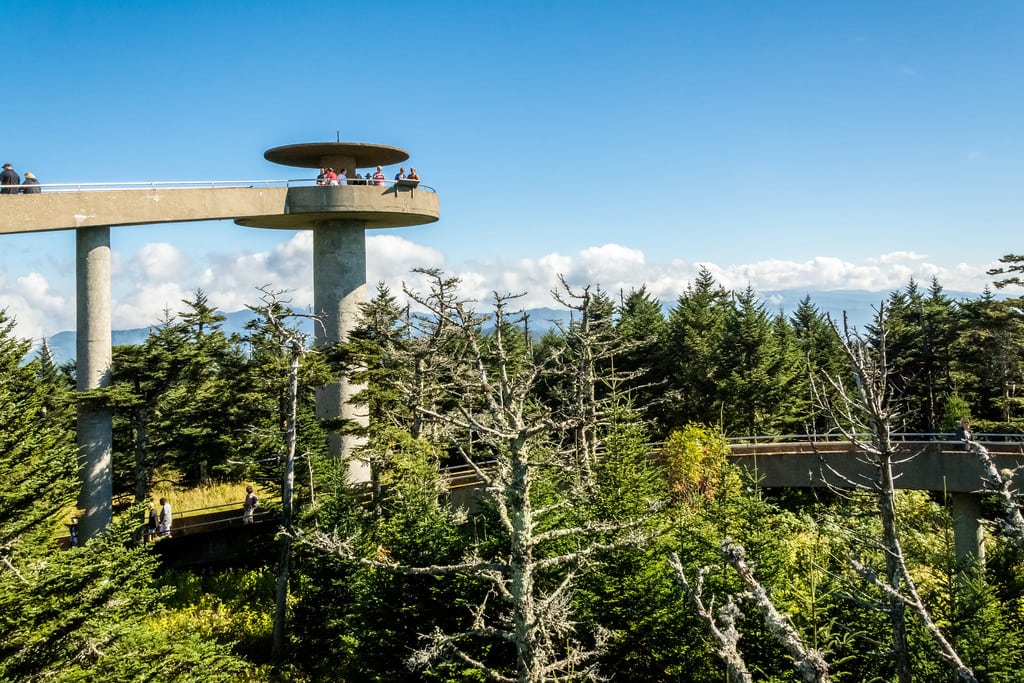Reality Distortion in Travel: When Luxury Isn’t What it Seems – And How to Fix it

Skift Take

On Experience
Colin Nagy is a marketing strategist and writes on customer-centric experiences and innovation across the luxury sector, hotels, aviation, and beyond. You can read all of his writing here.Luxury hospitality has always been image-based. But recent trends have created jarring distortions that make it hard for guests to understand reality.
This is made worse by the surge in new properties and their marketing budgets: Great properties don't get the attention they deserve, and others serve up superficial goods but fail to deliver.
I've broken down these reality distortion fields into a few main areas:
The Pervasiveness of the Age-Old Influencer Strategy:
It may seem surprising, but the 2010-era influencer strategy is alive and well. Communications teams invite people with large social followings to show up, get comped, and chomp shrimp cocktails without really caring about the brand they are aligning with.
There is a danger in this. You want people associated with your brand who share your values. But when you cater only to the volume of followers, you're outsourcing to hired guns who may easily show up at competitors tomorrow.
Additionally, brands should note that the next generation of luxury consumers, Gen Z and Alpha, are not interested in hyper-stylized, performative image-making of old. Much of their social usage is deliberately de-polished, and perfect postings are increasingly seen as millennial cringe.
The Fix: Foster fewer, better relationships with creators based on shared cultural and aesthetic vision and a deep understanding of your audience. Internalize the nuances and codes of the new generations that will be spending money on your properties.
The Decline of Objective Travel Media:
I love and support great travel writing and always will. But many formerly great publications have vanished – like Departures – and many other travel publications fall victim to chasing page views. (If you see an article promising 5 ways to dress for a free upgrade, trust me, it’s not happening.)
“Contributor network” articles in a brand name business publication are often the dirty little secret of the industry. What was once a prestigious name in publishing now houses PR friendly reviews. Thoughtful commentary on hotels (that aren’t regurgitated releases) and longer-form narrative journalism are disappearing. Good writing is in crisis.
The Fix: Support and follow the writers, regardless of the publication, who are doing good work. Names I follow and trust: Chris Lord, Mary Holland, and Chris Wallace.
Understand the new spheres of influence where good travel writing is happening. Much of it is occurring in bottom-up media on platforms like Substack. Publications such as Yolo Intel and Happy Hoteling provide valuable insights without the page view pressures and broken economic model of traditional media.
The Sea of Sameness in Brand Positioning and Codes:
Some of the problems with the reality distortion field in travel stem from within the industry itself. The killer is calling from inside the house!
There is an undifferentiated mass of value propositions hiding behind images that look the same, and interiors that are rinse and repeat. Too many of these brands feel like they were created as a result of focus group PowerPoint presentations vomited into the world.
The Fix: Support brands that are carving out unique spaces. You can tell when there is still some creative or entrepreneurial soul in the mix, and the brand isn't entirely run by number crunchers or those most concerned with scale and upside. Celebrate the poetry when you see it.
An Obsession with Lists:
This is perhaps the most uncomfortable truth for the industry. The obsession with lists has gone too far. While it feels good for people to share on LinkedIn when their property is recognized, the sheer volume of lists, the pay-for-play behind them, and the outright bad information have reached a boiling point.
I recently visited a property I won’t name, which placed at the top end of the American version on a prominent version of the Top 50 lists. This was not even close to a “Top 5” experience.
Another unintended consequence of this obsession is that guests have unreasonable expectations, and frontline staff can't live up to them. It's possible to become crushed under the weight of these expectations.
The Fix: Ideally, there would be fewer lists. However, it seems that more credibility, objective transparency behind the criteria, and more editorial rigor are vital. Michelin has the potential to build on what it has done for restaurants with its new “key” awards for hotels.
The craft of luxury hospitality is a special one. By definition, at its best, it creates rare experiences. However, in the increasing commodification, the resulting reality distortion fields harm both consumers and the long-term health of the brands themselves. The entire ecosystem needs a few nips and tucks to avoid veering into outright deception.




